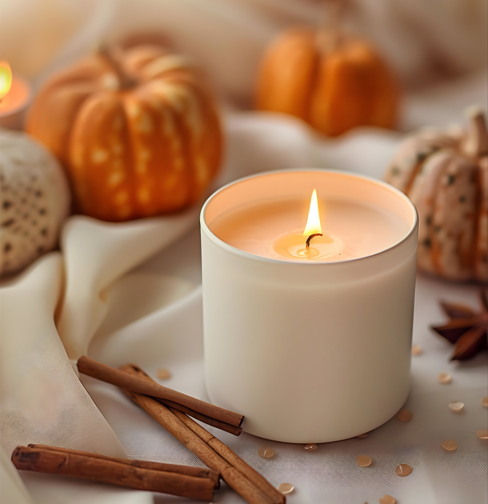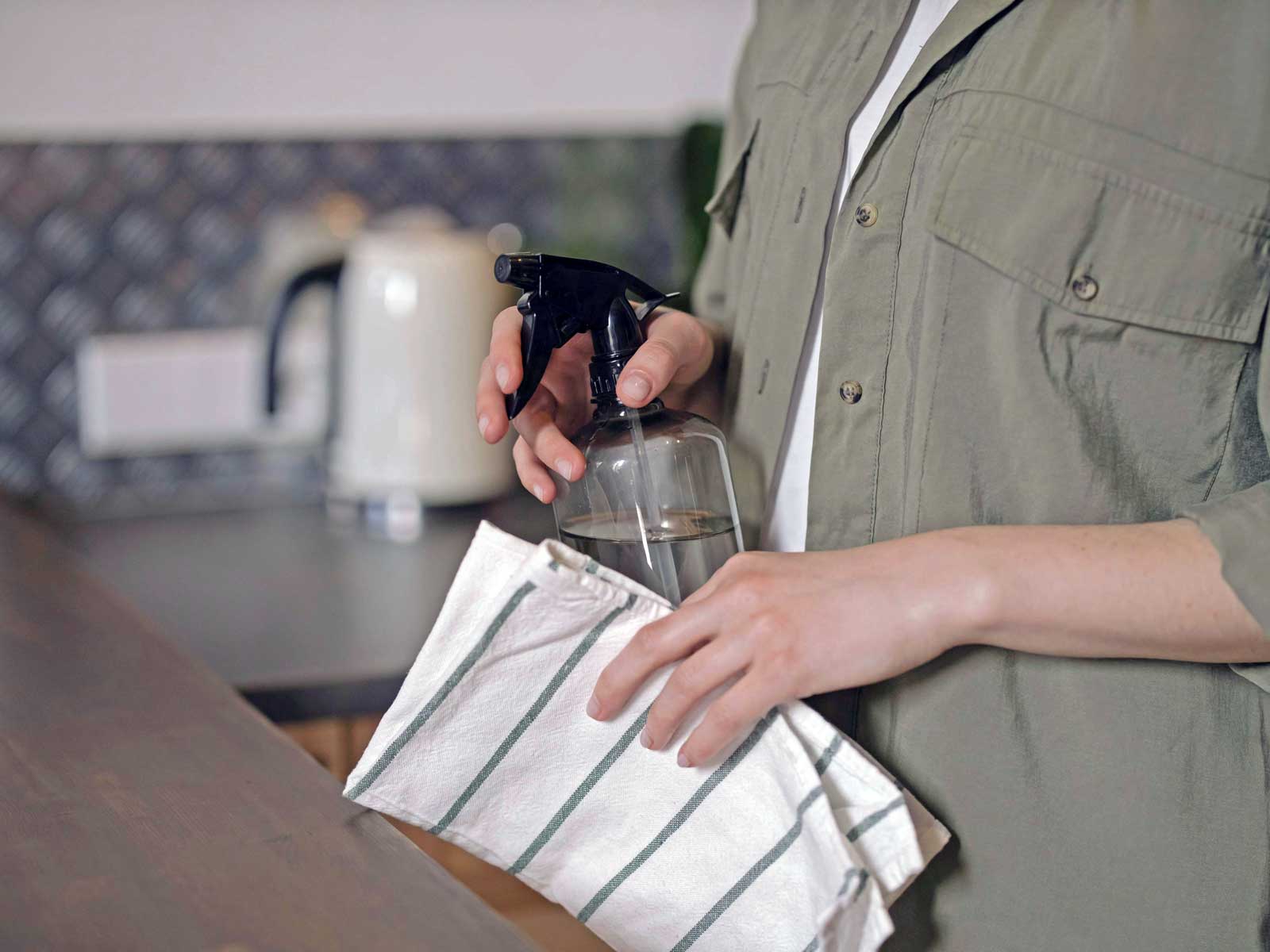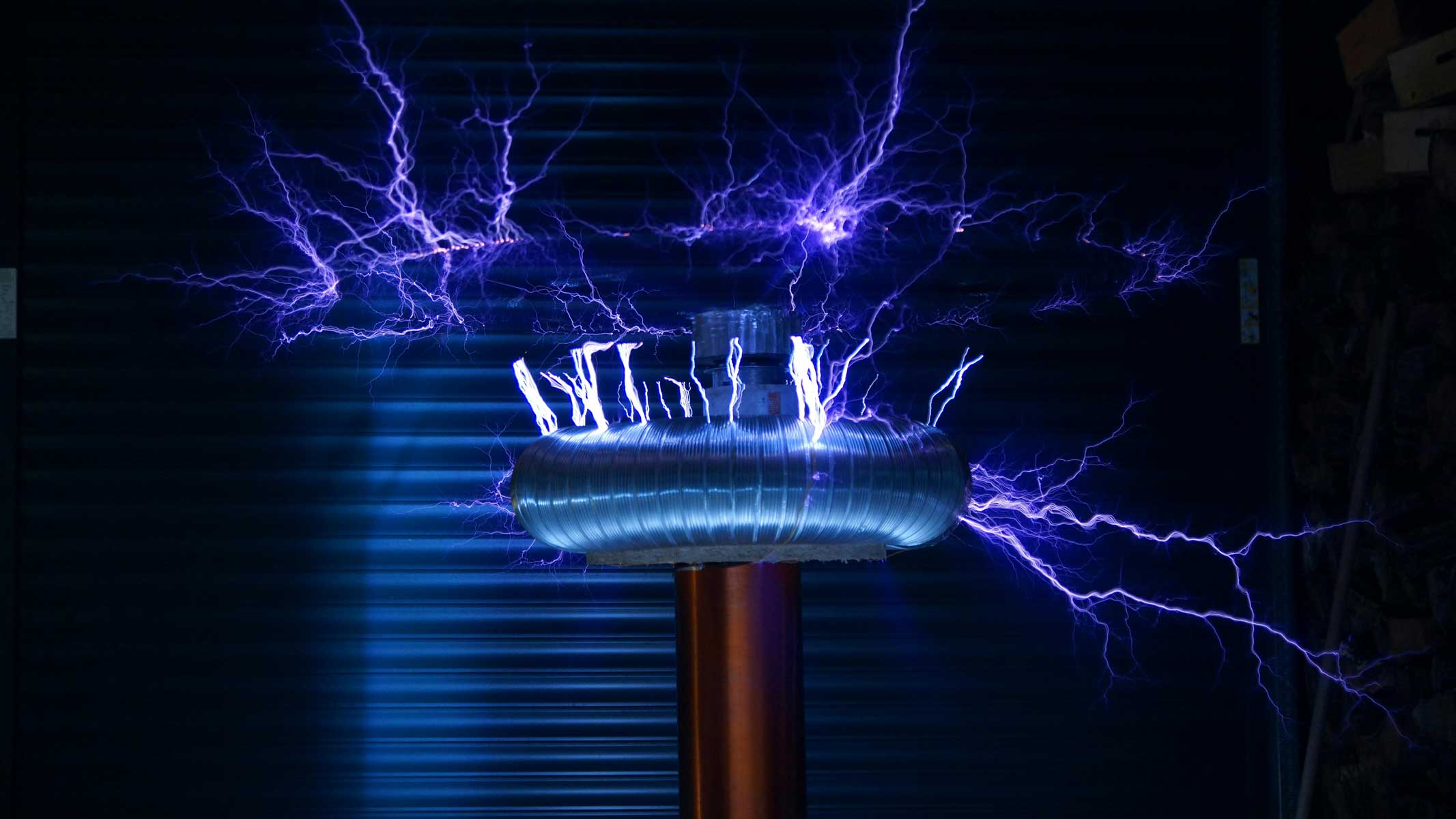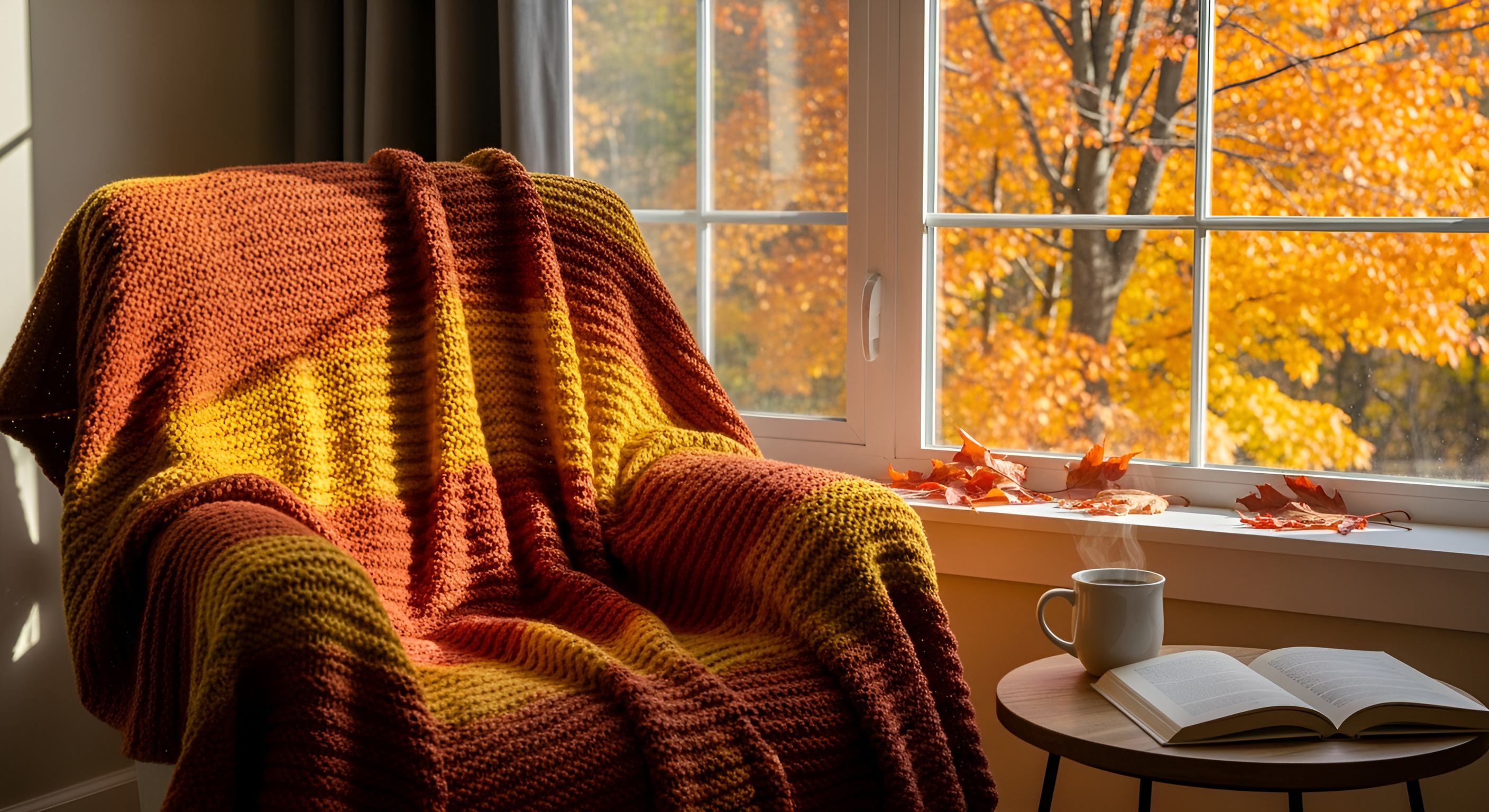
Summary
- Placement impacts performance—air purifiers work best with clear airflow and minimal obstructions.
- Elevated placement (3–5 feet off the ground) improves circulation, captures airborne pollutants, and keeps units out of reach of children and pets.
- Floor placement helps capture heavier particles like dust but may clog filters faster and pose tripping hazards.
- Optimal spots depend on room type, size, and airflow—central elevated locations near pollution sources (like kitchens or bedrooms) are most effective.
- Always allow clearance around the unit, avoid damp areas, and follow manufacturer guidance for filter replacement and maintenance.
If you purchased an air purifier you are already taking a step in the right direction to improve your home’s indoor air quality. But an air purifier works best when it can freely circulate air around the room. That’s why air purifier placement is critical to overall indoor air quality improvement. Let’s take a look at how placing an air purifier on a table versus on the floor can make a difference.
Pros and Cons of Air Purifier Placement
You want your air purifier to capture as many airborne pollutants as possible. Where you put your air purifier can make a difference in its particle capture efficiency. Avoiding any airflow obstruction is the first goal followed by maximizing airflow clearance for performance.
It is wise to take into consideration your home’s pollution sources. Since outdoor air pollution is eventually indoor air pollution, its sources can be any door, window or drafty crack. Pollutants such as chemicals, volatile organic compounds (VOCs) and ultrafine particles tend to gather in the upper half of the room. Heavier pollutants such as dust and coarse PM10 particles tend to settle into the lower part of the room air.
An elevated placement for an air purifier is ideal. This gets the unit up off the floor where it can capture lighter pollutants like floating around the room. For children and pets safety it is best to place the air purifier on an elevated, stable surface where it is out of reach. This can be difficult though due to available space issues. It can also cause a potential falling hazard, which is especially concerning for heavier units.
Choosing floor placement will allow the unit to collect heavier pollutants. There may also be a slight noise reduction with floor placement. Unfortunately it also means the air purifier will draw in more dirt, fur, and other debris that may clog the filter faster. It may also be in the walk of people walking or pose a tripping hazard.

Elevated Placement Benefits
Putting your air purifier on a table or other elevated surface is the ideal solution for indoor air quality. This puts the air purifier air intake in the breathing zone 3-5 feet off the ground where most people breathe. It also improves air circulation by allowing the air purifier to pull air in and return it to the room for better airflow dynamics. Having the air purifier up off the ground helps with air filtration effectiveness as the unit is less likely to draw in dirt and other floor debris. Moving the air purifier to an elevated space allows it to capture airborne particles and pollutants where it can benefit you the most. It may also allow you to target specific pollution sources such as the kitchen garbage can. Make sure to choose an elevated platform with good stability and is solid to help with noise reduction. Finally if your air purifier is pleasing to the eye it may dress up the room from an aesthetic perspective.
Floor Placement Considerations
There are a few reasons to put your air purifier on the floor. First it is the easiest location and offers the absolutely most stability. If placed in the middle of an open area it is likely to be near fewer obstructions. There may also be restricted space considerations with no open spots on a table or counter to place an air purifier. While having the air purifier on the floor moves the air intake lower, it won’t have much impact on airflow efficiency and pollutant capture as long as the filters are changed regularly. On the plus side heavier pollutants such as allergens tend to settle lower in the room so they can be captured by the unit.
Optimal Placement Tips
The best place to put an air purifier depends on the room type, air circulation, pollution sources, and the overall room size. For most spaces it is best to place the air purifier in a central location on an elevated surface so it is in the breathing zone. The idea is to prevent obstructed airflow to the air purifier where it can do the most good. For example in a bedroom place the air purifier near the head of the bed on a night stand. This gives you the cleanest air while you sleep for a better night’s rest.
Of course the room layout plays a part in determining the best location. In some cases (like an L-shaped room with poor air circulation) it may be necessary to use two portable air purifiers at either end to get sufficient air circulation. A high activity area like the kitchen or high-traffic areas like a foyer or living room can benefit from an air purifier to capture pollutants before they spread across the home. It is always a good idea to read the manufacturer’s guide to make sure you are taking advantage of all the features of your air purifier for maximum air cleaning.

Special Considerations for Placement
If possible keep the air purifier away from areas with high amounts of moisture in the air which in extreme cases can impair device efficiency if the filter media become waterlogged. If the filter media is soaked air won’t flow through it as easily, leading to reduced air purifier efficiency. When using an air purifier in high-traffic areas it may be necessary to maintain the unit more often. The higher amount of pollutants captured by the air purifier in these areas is worth it to protect your lungs.
You can have good indoor air quality even in areas with poor air circulation (such as rooms with stagnant bevels or alcoves). The key is to use more than one portable air purifier for more localized airflow. It is always best to refer to the manufacturer recommendations when setting up your air purifier so it can operate efficiently. Unless otherwise stated in the owner’s manual do not attempt any type of filter cleaning, always replace the filter media entirely.
Conclusion
When it comes to where to put your air purifier you want the best possible air circulation in the place where you breathe the most. But not everyone can put their air purifier on a table in the middle of the room. It is okay to put your air purifier where it works best for you. Make sure it has plenty of clearance around the unit for free air to flow in and out. Set the air purifier to run constantly so it is always improving your indoor air quality. The Intellipure Compact fits anywhere and clean spaces up to 500 square feet. It removes up to 99.97% of allergens, mold, and viruses for cleaner, healthier air. The 6-stage VOC adsorption filter removes harmful gases and bad odors from the air, making it an air cleaning powerhouse.

 Are Fall Fragrances Harming Your Indoor Air?
Are Fall Fragrances Harming Your Indoor Air?
 DIY Home Odor Elimination That Actually Works
DIY Home Odor Elimination That Actually Works

_(1).jpeg)


